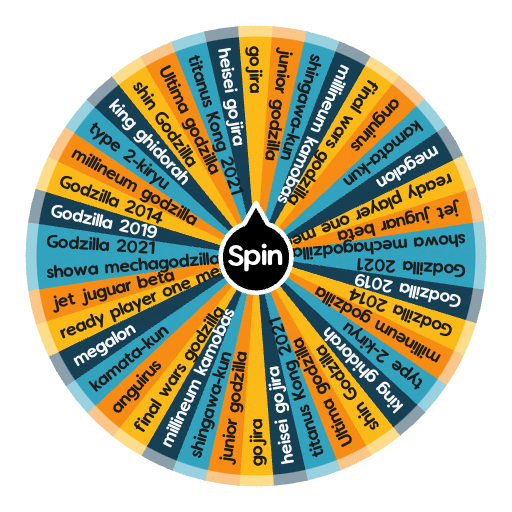Introduction Text Spinner
Both the academic writing environment and the resources used by writers and students to navigate it are always changing. A well-known tool that has gained popularity recently is the text spinner, of which Spinbot is a favorite. Although these tools promise to shield users from plagiarism detection, is it possible to identify Spinbot? We will examine the world of text spinners, their usefulness, and the difficulties they present to the academic community in this thorough investigation.
Text Spinners’ Ascent
The quick development of technology has changed how writers and students approach academic writing. Text spinners have become a viable option for those who are struggling to create unique content in the face of rigorous plagiarism detectors. Spinbot and related programs claim to be able to reword text so that it looks original and stays hidden from plagiarism detection software. However, how do these text spinners work, and are they really able to fool the sophisticated algorithms meant to identify academic dishonesty?
Comprehending Text Spinner Operation
Text spinners, sometimes referred to as rewriters or paraphrasing tools, have long been employed as a workaround for automated plagiarism detection systems. Detecting text that is identical to preexisting sources is the foundation of traditional plagiarism detection programs like Turnitin, SafeAssign, and Original. Adding synonyms and new sentence structures to a text makes it less likely to be reported as possibly plagiarized.
Text spinners used to mostly replace important words with synonyms, a technique called “rogeting.” But now these tools can also rearrange sentences, which makes it harder to pinpoint the original text’s source. Text spinners have evolved to become an invaluable tool for people trying to evade plagiarism detection.
The Fight Against Copyright
Academic institutions and software providers have been fighting plagiarism for a long time, constantly creating more advanced tools to identify academic dishonesty.
Difficulties in Identifying Text Spinners
The task of identifying text spinners is not simple. The following are some major obstacles to determining text spinner usage:
Complexity Rephrasing:
These days, text spinners do more than just swap out synonyms. They rearrange sentences so that it is more difficult for conventional plagiarism detectors to identify the original author of the content.
Content Adjustment
Text spinners frequently produce several slightly different versions of the same text. This variation increases the detection process’s level of complexity. Spinners Powered by AI
Ongoing Evasion Strategies:
Text spinner users are getting more creative in their attempts to evade detection; they are asking for tips on how to trick AI detection by using automated rephrasing.
Strength-Testing: Is It Possible to Identify Spinbot?
Experiments have been carried out to evaluate the efficacy of text spinners such as Spinbot and their capacity to avoid detection. For example, the author of this article used GPT-4-generated text that had been rephrased using Quillbot to test Turnitin’s AI detection feature. The outcomes were instructive.
Ethical Honesty in the AI Age
Academic integrity is facing new challenges due to the use of text spinners and the development of AI tools that can generate content. Teachers should concentrate on maintaining academic integrity in a way that supports students rather than penalizes them, as the MLA-CCCC Joint Task Force on Writing and AI has advised. Suspicion of AI-generated work may lead to an “adversarial relationship” between teachers and students that could damage the learning environment and erode trust.
Moreover, a major worry is the unreliability of AI detection tools. False positives may lead to charges of academic dishonesty, which could permanently erode student-teacher trust.
Final Thoughts about Text Spinners’ Future
The conventional landscape of academic writing and plagiarism detection is under threat from the development of text spinners and generative AI tools. Orienting students toward responsible, ethical writing practices should be the main priority as educators and institutions adjust to these changes.
Conclusion Text Spinner
Even though text spinners like Spinbot still make it difficult to detect plagiarism, maintaining originality and correct citation will always be important, and building trust and collaboration will be key to maintaining academic integrity. It’s critical to strike a balance between embracing technological advancements and upholding the fundamental principles of education and research as the academic community navigates this rapidly changing landscape.
